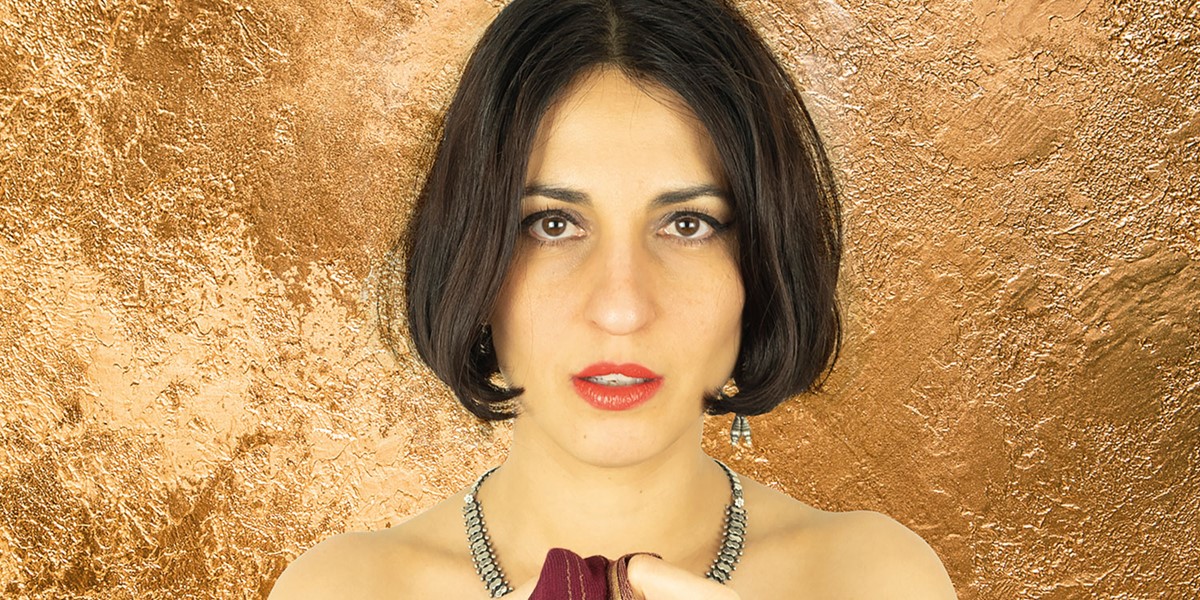Monday, January 10, 2022
Noam Vazana: Ladino Life
Israeli-born vocalist Noam Vazana composes songs in the Jewish Ladino language and speaks here to Simon Broughton about her fascination with this dying tongue


Register now to continue reading

Thanks for visiting the Songlines website, your guide to an extraordinary world of music and culture. Sign up for a free account now to enjoy:
- Free access to 2 subscriber-only articles and album reviews every month
- Unlimited access to our news and awards pages
- Our regular email newsletters

